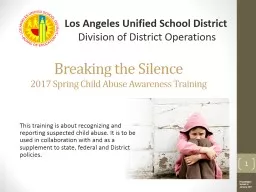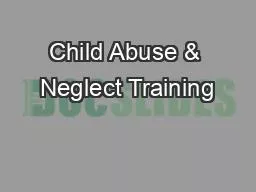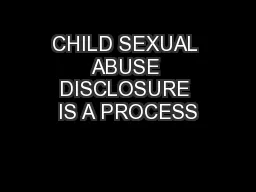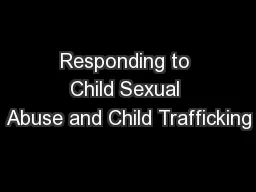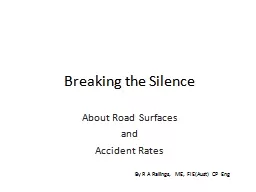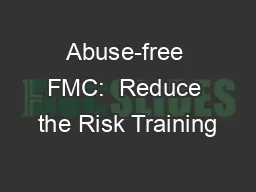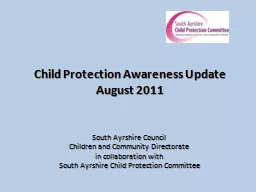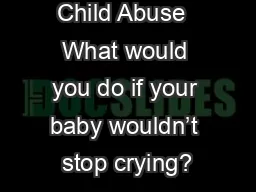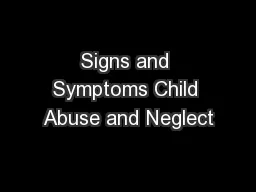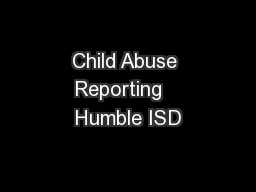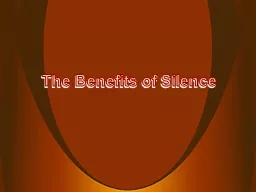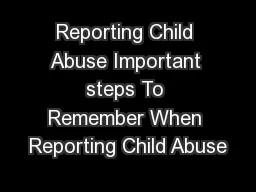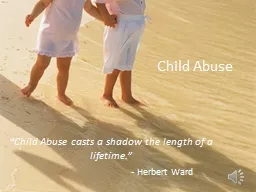PPT-Breaking the Silence 2017 Spring Child Abuse Awareness Training
Author : layla | Published Date : 2022-07-01
This training is about recognizing and reporting suspected child abuse It is to be used in collaboration with and as a supplement to state federal and District policies
Presentation Embed Code
Download Presentation
Download Presentation The PPT/PDF document "Breaking the Silence 2017 Spring Child A..." is the property of its rightful owner. Permission is granted to download and print the materials on this website for personal, non-commercial use only, and to display it on your personal computer provided you do not modify the materials and that you retain all copyright notices contained in the materials. By downloading content from our website, you accept the terms of this agreement.
Breaking the Silence 2017 Spring Child Abuse Awareness Training: Transcript
Download Rules Of Document
"Breaking the Silence 2017 Spring Child Abuse Awareness Training"The content belongs to its owner. You may download and print it for personal use, without modification, and keep all copyright notices. By downloading, you agree to these terms.
Related Documents

